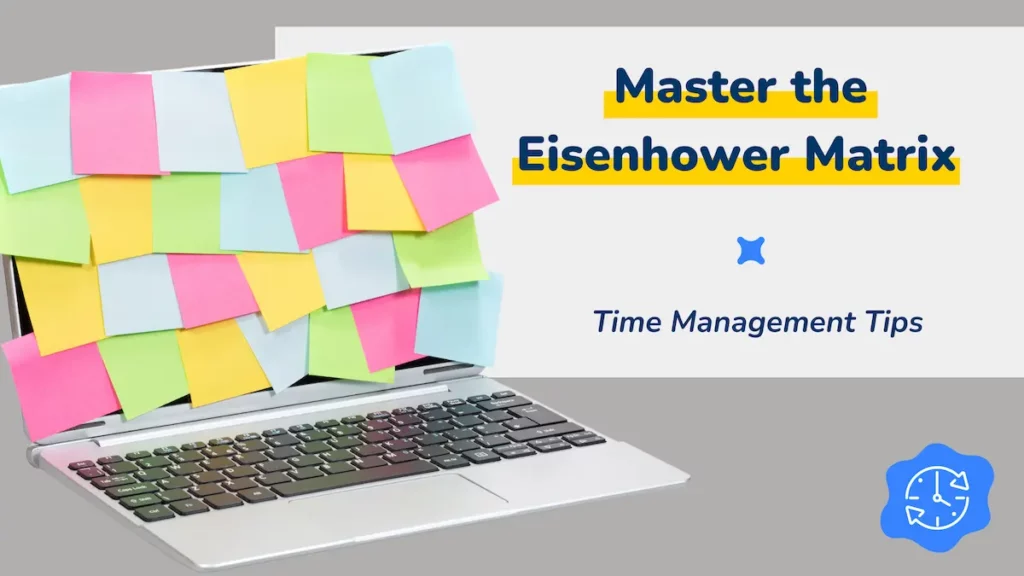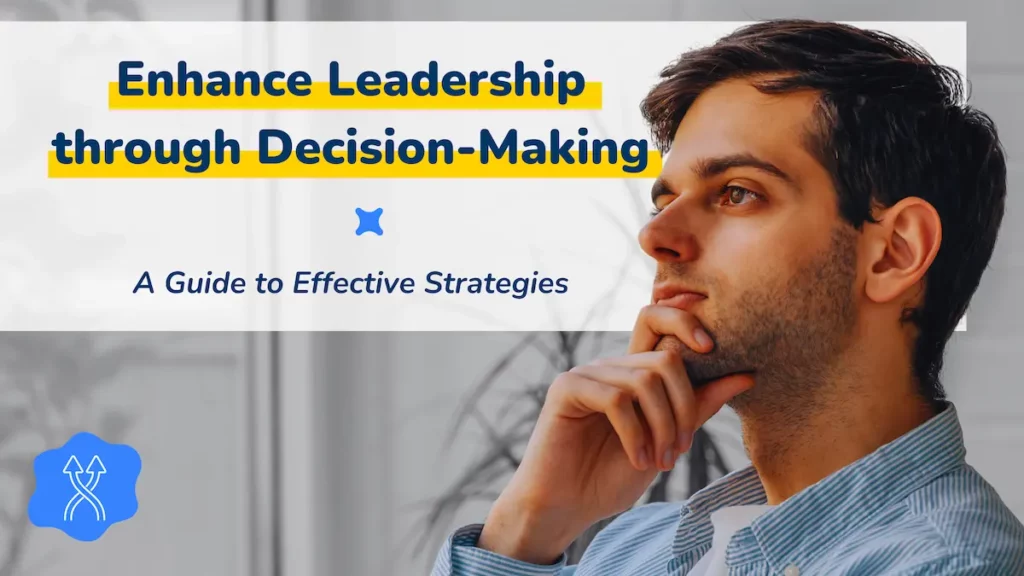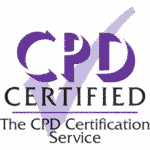Understanding the Eisenhower Matrix
The Eisenhower Matrix, also known as the Urgent-Important Matrix, is a powerful decision-making tool that helps you sort tasks based on their urgency and importance. Named after Dwight D. Eisenhower, the 34th President of the United States, this method categorises tasks into four distinct quadrants:
Quadrant I: Urgent and Important (Do)
Tasks in this quadrant demand immediate attention and carry significant consequences. These often involve crisis situations or deadlines that you cannot miss, like:
- Emergency meetings
- Critical project deadlines
- Health emergencies
To manage these tasks effectively:
Prioritise completion: Address these tasks first each day to ensure they are completed on time and to the required standard.
Set deadlines: Create specific timeframes to ensure timely completion. Use tools like calendars or project management software to keep track.
Focus on outcomes: Keep the end goal in mind to stay motivated and ensure that the urgent tasks contribute to your broader objectives.
Quadrant II: Important, but Not Urgent (Plan)
Quadrant II tasks are crucial for long-term success and need thoughtful planning. They are essential for personal and professional growth but don’t have immediate deadlines. Examples include:
- Strategic planning
- Skill development
- Exercise and wellness routines
To maximise effectiveness:
Schedule regular time blocks: Dedicate specific times in your calendar for these activities to ensure they are not overlooked.
Set long-term goals: Establish clear, achievable milestones to keep yourself on track.
Reflect and review: Regularly assess progress and adjust plans accordingly to stay aligned with your goals.
Quadrant III: Urgent, but Not Important (Delegate)
Tasks in this quadrant are often distractions that require immediate attention but don’t significantly impact your long-term objectives. Therefore, these are ideal tasks to delegate, e.g.:
- Routine administrative work
- Interruptions like phone calls or emails
- Minor issues or requests from others
To manage these tasks:
Identify delegation opportunities: Determine who can handle these tasks, as delegation not only frees up your time but also empowers others.
Set clear instructions: Provide detailed guidelines and expectations to ensure the task is completed correctly.
Follow up: Ensure tasks are completed satisfactorily without micromanaging, as regular check-ins can help maintain accountability.
Quadrant IV: Neither Urgent nor Important (Eliminate)
Tasks in Quadrant IV are time-wasters that don’t contribute to your goals and should be minimised or eliminated. Examples of this include:
- Excessive social media use
- Watching TV aimlessly
- Unnecessary meetings
To handle these tasks:
Recognise and reduce: being mindful of these distractions is the first step toward eliminating them, so make sure to identify activities that waste time and cut them out.
Set boundaries: Limit time spent on low-value activities, as setting strict time limits can help you stay focused.
Focus on high-value tasks: Redirect energy towards more productive endeavors that align with your goals.
Implementing the Eisenhower Matrix
Implementing the Eisenhower Matrix in your daily routine involves several key steps:
List Your Tasks
Start by listing all tasks you need to accomplish, from daily routines to long-term projects. Be comprehensive to ensure nothing is overlooked.
Categorise Tasks
Assign each task to one of the four quadrants. Be honest about the urgency and importance of each task to avoid misclassification. This honesty ensures that your prioritisation process is effective.
Prioritise and Schedule
Focus on completing Quadrant I tasks first. Allocate specific times for Quadrant II tasks to ensure they are not neglected. Delegate Quadrant III tasks and minimise Quadrant IV activities.
Regular Review
Regularly review and adjust your matrix. As priorities change, update your task list to reflect new goals and deadlines. This ongoing process ensures you stay on track and make informed decisions about how to spend your time.
Benefits of Using the Eisenhower Matrix
Enhanced Productivity
By focusing on tasks that truly matter, you can increase your productivity and achieve your goals more efficiently. The Eisenhower Matrix helps you spend time on high-value activities, reducing stress and increasing satisfaction.
Improved Decision-Making
The matrix provides a clear framework for making decisions about how to allocate your time and resources. This clarity in turn reduces the mental burden of decision-making and helps you stay focused on what’s important.
Better Work-Life Balance
By prioritising important but not urgent tasks, such as personal development and wellness, the Eisenhower Matrix helps you achieve a better work-life balance. This holistic approach to time management ensures that both professional and personal goals are met.
Reduced Stress
Knowing that you have a plan for addressing urgent tasks reduces stress and prevents last-minute scrambles. The matrix’s structure allows you to tackle tasks methodically, ensuring that deadlines are met without unnecessary panic.
The Eisenhower Matrix is a timeless tool that can transform how you manage your time and tasks. By categorising tasks based on urgency and importance, you can make informed decisions that enhance productivity, reduce stress, and help you achieve a balanced, fulfilling life. Implement this method today and experience the profound impact it can have on your personal and professional success.
FAQs
How often should I review my Eisenhower Matrix?
Regularly review your matrix at least once a week to ensure it accurately reflects your current priorities and tasks.
Can the Eisenhower Matrix be used for team projects?
Yes, the Eisenhower Matrix can be adapted for team projects. It helps in delegating tasks and ensuring that team members focus on high-priority activities.
What tools can help implement the Eisenhower Matrix?
Tools like digital planners, project management software (e.g., Trello, Asana), and simple spreadsheets can help you implement and maintain your Eisenhower Matrix.
How do I handle tasks that don’t fit neatly into one quadrant?
If a task doesn’t fit neatly into one quadrant, break it down into smaller tasks and categorise each part accordingly.
What if all my tasks seem urgent and important?
If all tasks seem urgent and important, reassess their actual impact on your long-term goals. Sometimes tasks feel urgent due to external pressures, but they may not be as critical as they appear.
How can I ensure I stick to the priorities set by the Eisenhower Matrix?
Set reminders, use scheduling tools, and maintain discipline in following the matrix. Regular reviews and adjustments can also help reinforce adherence to your priorities.








